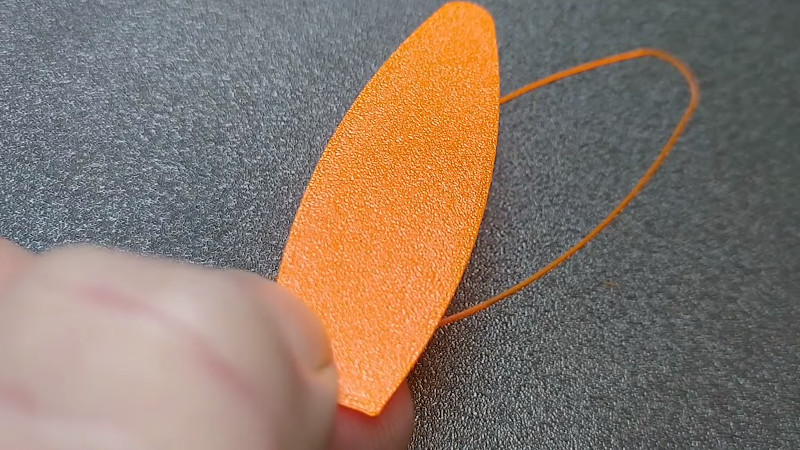Much fuss has been made over the strength of 3D printed parts. These parts are obviously stronger in one direction than another, and post processing can increase that strength. What we’re lacking is real data. Luckily, [Justin Lam] has just the thing for us: he’s tested annealed printed plastics, and the results are encouraging.
The current research of annealing 3D printed parts is a lot like metallurgy. If you put a printed part under low heat — below the plastic’s glass transition temperature — larger crystals of plastic are formed. This research is direct from the Society of Plastics Engineers, …read more
 Continue reading Annealing Plastic For Stronger Prints→
Continue reading Annealing Plastic For Stronger Prints→
